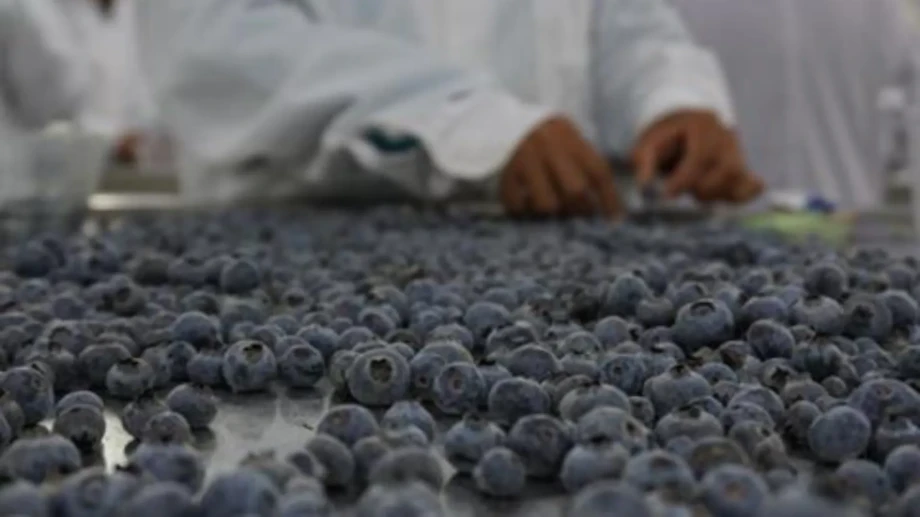Peru’s blueberry industry is back on a growth path following the sharp slowdown recorded during the 2023/24 season. According to a recent report by the USDA’s Foreign Agricultural Service (FAS), production in 2025/26 is expected to reach a record 355,000 tonnes, marking a 4% year-on-year increase.
This recovery is being driven by the continued expansion of cultivated areas, which have grown from just 80 hectares in 2012 to the current 20,500 hectares, with an average annual growth rate of 65%. This data confirms the dynamism and competitiveness of the Peruvian supply chain, now one of the leading global players in the sector.
Rising exports and winning varieties
For the commercial season from May 2025 to April 2026, blueberry exports are projected to reach 335,000 tonnes, up from 320,000 tonnes in 2024/25, when exports had already increased by 32% over the previous year.
The report highlights that, in the absence of extreme weather events, the sector could benefit from a virtuous combination of factors: consolidation of cultivated areas, foreign investment, and genetically resilient varieties capable of maintaining high yields even under adverse weather conditions.
The most widely grown export varieties remain Ventura (26% of the planted area), Biloxi (16%), Sekoya Pop (14%), and Rocio (7%), chosen for their adaptability and organoleptic qualities appreciated by international markets.
Prices falling but stable
Despite a drop in average prices in 2024/25, they remain higher than those recorded between 2016/17 and 2022/23, confirming the commercial strength of Peruvian blueberries. This is an encouraging sign for the upcoming seasons, which could further consolidate Peru’s position as one of the world’s leading suppliers of fresh blueberries.
Text and image source: fruitnet.com









